
Gallery Photographers
Partner
Artists-in-Residence
If you are unable to visit our gallery and would like to purchase photographs from this preview or others in the gallery, please contact the gallery and call 585-271-2540.
Partners' Picks of the Show
Black & White Invitational 2020
Gallery Partners have chosen their "Picks of the Show"
click here to return to the details of the exhibit
All images copyright by the individual photographers
Interior,
Marriot Hotel, Atlanta, GA Dave has presented us with an eclectic
collection of B&W photographs, but it’s the architectural photos in
the center of his presentation that attract me. Especially the
Marriott Interior! I could wax on about the wonderful lines in this
photo and the extraordinary symmetry, but it’s the image created by
my own imagination that fascinates me the most. I feel like I’m
lying on my back and a giant futuristic, many legged, metallic
creature is marching over me. A scene from a sci-fi movie perhaps.
You don’t see that? Back to reality. Isn’t it interesting that Dave
can take a photo of a vertical subject and, at least one person
(me), can see it as if it was overhead… like on a ceiling?
Misty Island Michael in his Artist’s Statement talks about
how Black and White photography reduces the "color pallet" to
blacks, whites and articulated grays…the basic elements of an image.
Color is stripped out of the photograph, focusing on this “skeleton”
of light. Misty Island is a wonderful example of
Michael’s photography. The viewer focuses on the interplay of
shadows and muted highlights making the island with its four trees
an almost silhouette against the grays of the misty landscape.
The reflections in the water create a strong
graphic element, symmetrical in nature but not centered so that the
eye is initially drawn to the actual island and trees, then moves to
observe the reflections in the water. The mist isolates the subject, removing it from
its environment, but showing enough of it so that the image is
grounded in reality. The lack of a “pure white” component in this
image reinforces the title Misty Island, providing a
soothing and peaceful view of the trees and the grasses. A beautiful
photograph.
Winter View Tom Kredo’s own words “somber, ominous” tell a
part of the story, and there’s so much more. The repeating geometry of the squares and
triangles is wonderfully captured. There is also a sense of
imbalance brought about with the triangles, snow-covered, and the
fact that the top row has only two squares, as if the building had
really been asking for all but was let down. The viewer is asked the questions: What is
their function? What is inside? Where do they lead? Each of
the squares is outlined with a brick border, a frame. There is a lot of visual confusion brought by
the triangular shapes, as though it would be so much easier to look
at if each of the openings were simply a square. Tom's
composition provides tension in the structure – even as its
starkness leads to a feeling of the “ominous.” To establish
scale of this building, the size of all the squares & triangles
openings becomes apparent looking at the “small door” at the base.
It’s an image which challenges us to make sense
of it and may leave us with questions. This is the mark of an
excellent photograph.
Feminine Mystique The mark of an excellent photograph is that
sometimes the subject expresses more than just a record of it, but
can be interpreted to be much more. Nikhil Nagane’s Feminine Mystique is a
wonderful example of this. Although a photograph from the
Great Sand Dunes Park in Colorado it is so much more. Gentle, curved surfaces with a flowing softness
abruptly transition to descent carrying the lined texture.
Even that is softened by the long gentle curve. There is a mystery in this photograph.
Nikhil captures the light creating the high-contrast edge at the top
of the sand dune at the edge near the bottom of the image.
There is a gentle gradient from brightness to black. This photograph demonstrates how the use of
natural lighting can create a dramatic “portrait” of a sand dune. The viewer can see both the beauty of natural
light as well as letting their mind wander as to why the title was
chosen by the photographer. Abstract Harp From landscapes, urban landscapes, portraits,
abstracts that Bob believes will speak to the viewers emotions and
inner senses in black and white much better than their color
versions. The image that caught my attention was
Abstract Harp that brought me back to high school math class
and the parabolic curve. I enjoyed the basics of geometry and space
but got lost when it became time to do the calculus. I much prefer
Bob’s image as a visual illustration of the concept.
Composition is an important part of Bob’s
photo. Bob makes sure that your focus is on the strings of the harp
by focusing on them and leaving the base of the harp blurry. One
usually wants the foreground to be sharp, but in this case it’s more
important to focus on the middle ground. The parabolic curve created
by the strings is mirrored in the shape of the harp’s curve as it
rests on the floor. There is another repetition of this in the holes
in the base that continue from left to right. A viewer may also
spend some time with this photo by seeing the different geometric
shapes created within the arrangement of the strings. Thank you, Bob, for creating this wonderful
artwork that presents some many different images. I can even hear
the lovely sound of the strings. Song of the
Sky
Partners' Picks of Featured and Guest Photographers
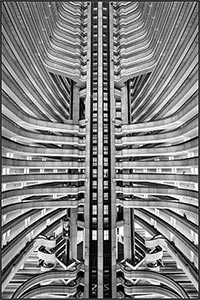
by Dave Braitsch
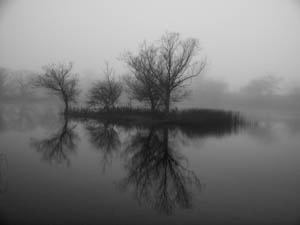
by Michael Keaton
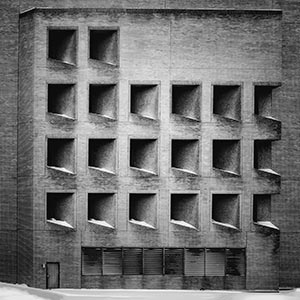
by Tom Kredo
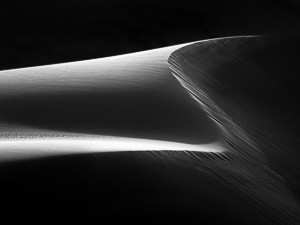
by Nikhil Nagane
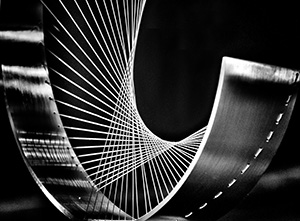
by Bob Simon
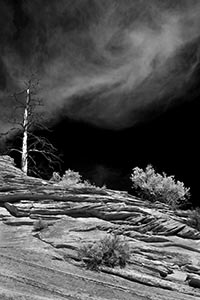
by d dargan teska
Image City Photography Gallery ♦ 722 University Avenue ♦ Rochester, NY 14607 ♦ 585.271.2540
In the heart of ARTWalk in the Neighborhood of the Arts